Here's a look at Herons, and how their story ties in with the Heron card in my oracle deck.
| Heron - Patience and skill brings a reward. Family ties are lasting. Guilt by association. |
| European Grey Herons (Ardea cineria) have elaborate courtship rituals, and strong pair bonds. The couples live in high trees, in nest colonies called heronries. Some other species of Heron, like the North American Great Blue Heron, have similar lifestyles. Although they mostly hunt alone, both parents care for their young, and all share in the mutual benefits of the extended family of the heronry at breeding time. In a reading, I'd say that "family ties" can refer to long, close relationships, particularly marriage, as well as blood ties, and that it doesn't mean that we have no autonomy within the relationships. One saying associated with Herons is "With evil people neither stay nor go; |
Here is one folktale which, with only minor variations, is known from India to western England. It goes like this -
A crow and a heron were both perched in a large tree one day, when along came a traveller (or hunter, depending on the version of the story). The day was hot, so the man decided to have a nap in the shade of the tree. He fell into a very deep sleep, and after some time, as the sun moved across the sky, the shadow of the tree no longer protected him. The kindly Heron spread his wings out to shade the man's face for awhile longer as he slept on. So deep was his sleep that his mouth began to gape open as he snored. Soon the crow could stand this no longer, so he took aim and dropped something into the poor man's mouth! (It might have been an acorn, it might have been something else that birds sometimes drop - depends on who is telling the story.) Naturally the man awoke and he was angry. He looked up, saw the Heron, took out his gun (or bow) and shot him dead.
This traditional tale is a pretty extreme example of guilt by association, and when considering this aspect of the card in a reading, I would look for subtle variations on this theme as well as the more dramatic form of outright false accusation. For example, in one reading I did, it seemed that the client's spouse could not get past expecting her to hurt him in the same way that his ex had! He didn't actually suspect her of any bad behaviour, but he couldn't help expecting that it would happen eventually. (And those strong family ties made it difficult for her to give up on the relationship.) This card can also refer to things like prejudice and discrimination, as well as the dangers of "running with a bad crowd". In other cases, we might be looking at a situation where someone feels torn between loving loyalty to their family and some negative perception that society has about their family or social group.
Perhaps these considerations relate back to the heron's tendency to work (hunt) alone, yet also returning to their own kind for the safety of numbers. In a way, this is how the Heron balances the tendency to be misjudged, and avoids the risk of being in the wrong place at the wrong time. He just gets on with his hunting, and goes home to those who understand him - if he's wise.
If you enjoyed this post, you might also like Rooks (It's a tribal thing)

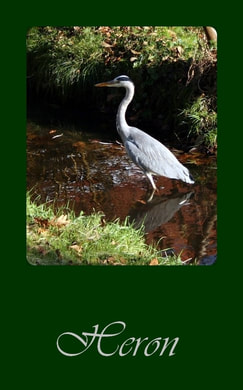
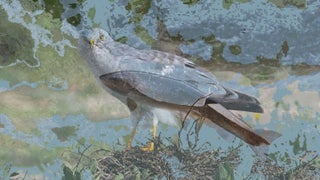

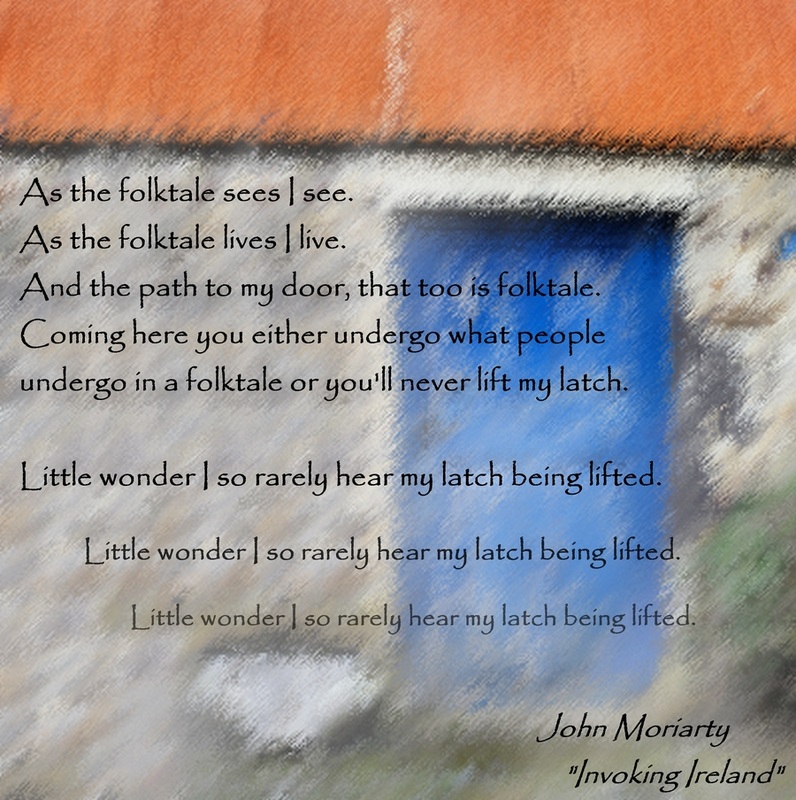
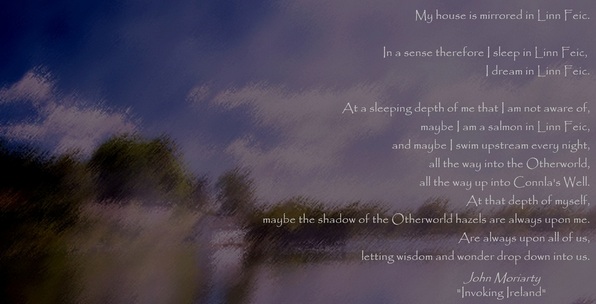
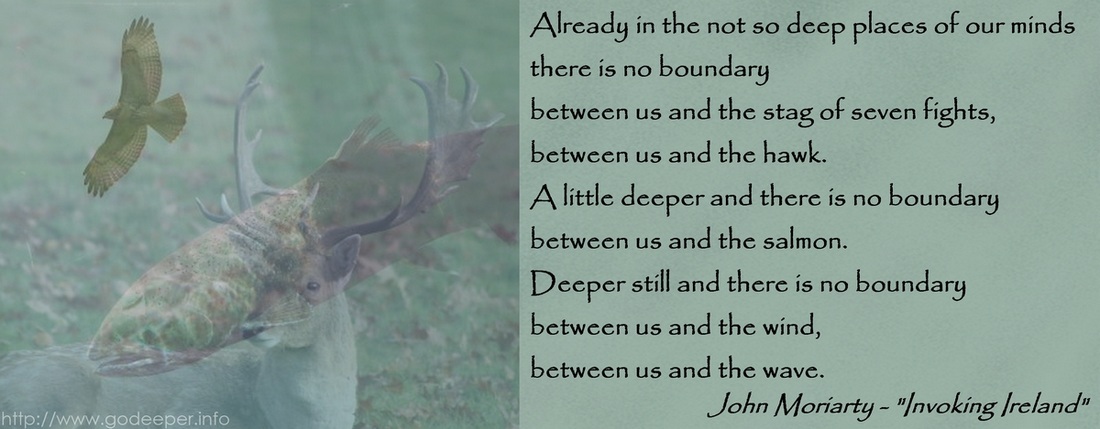
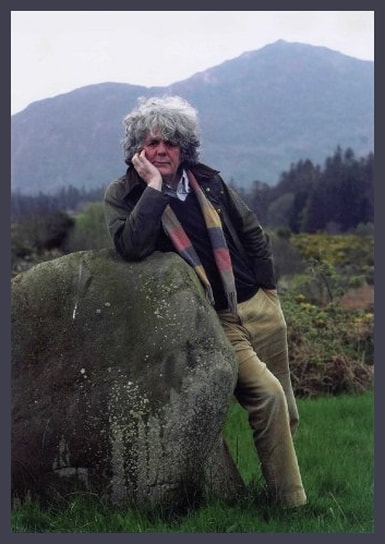
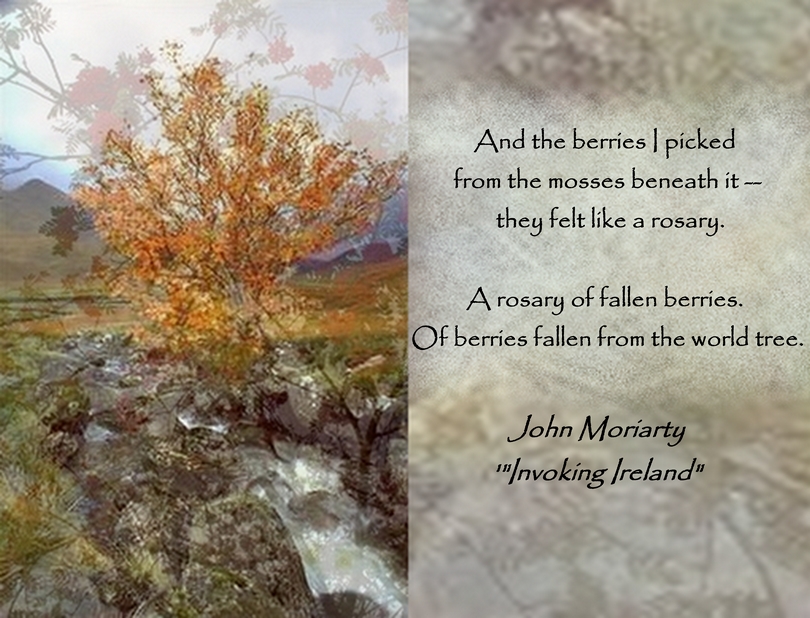
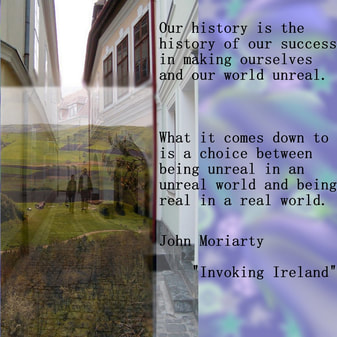
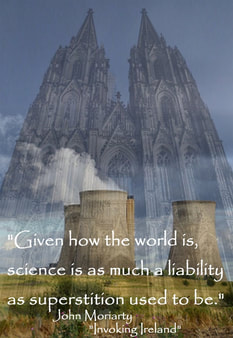
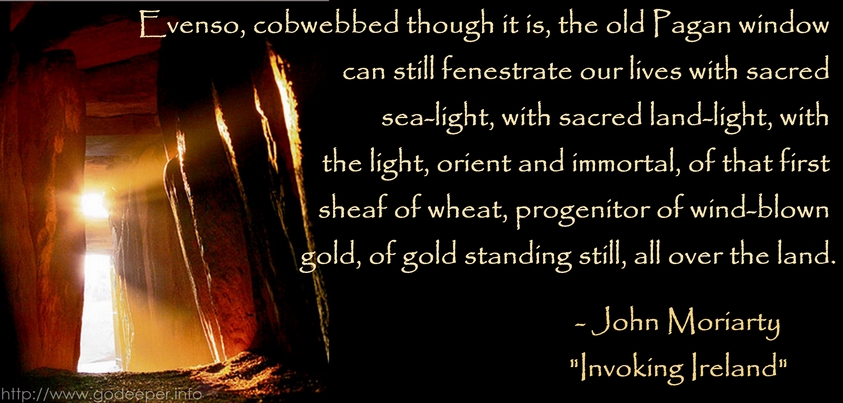
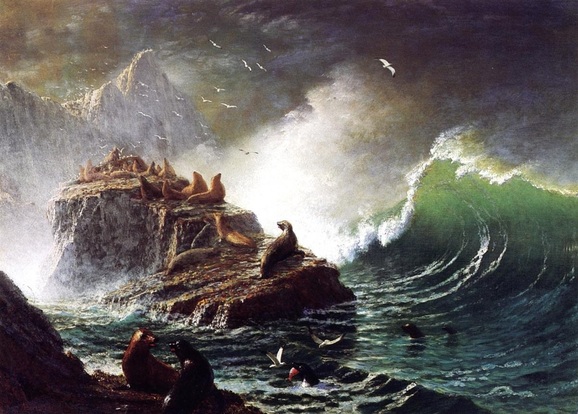

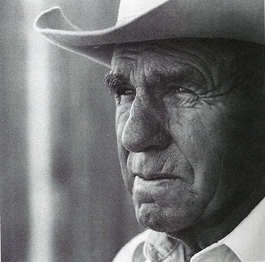
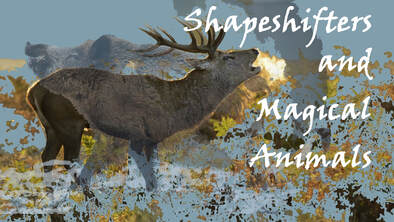

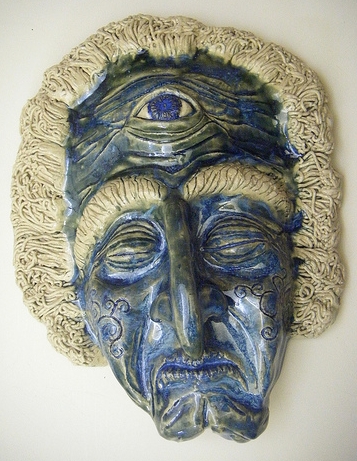
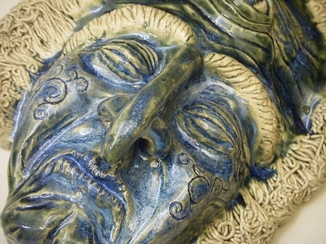
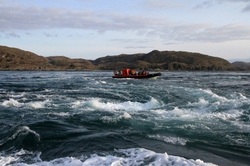
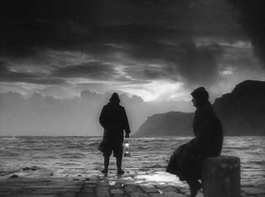

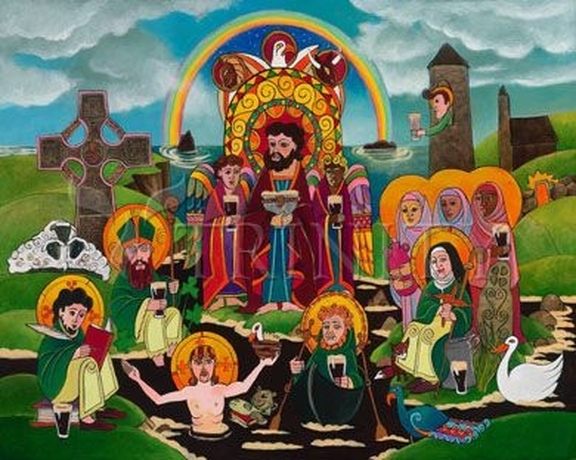

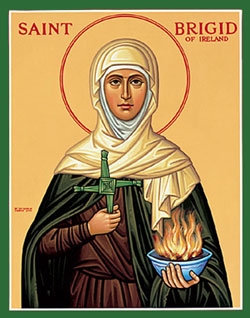

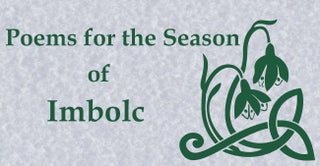
 RSS Feed
RSS Feed





